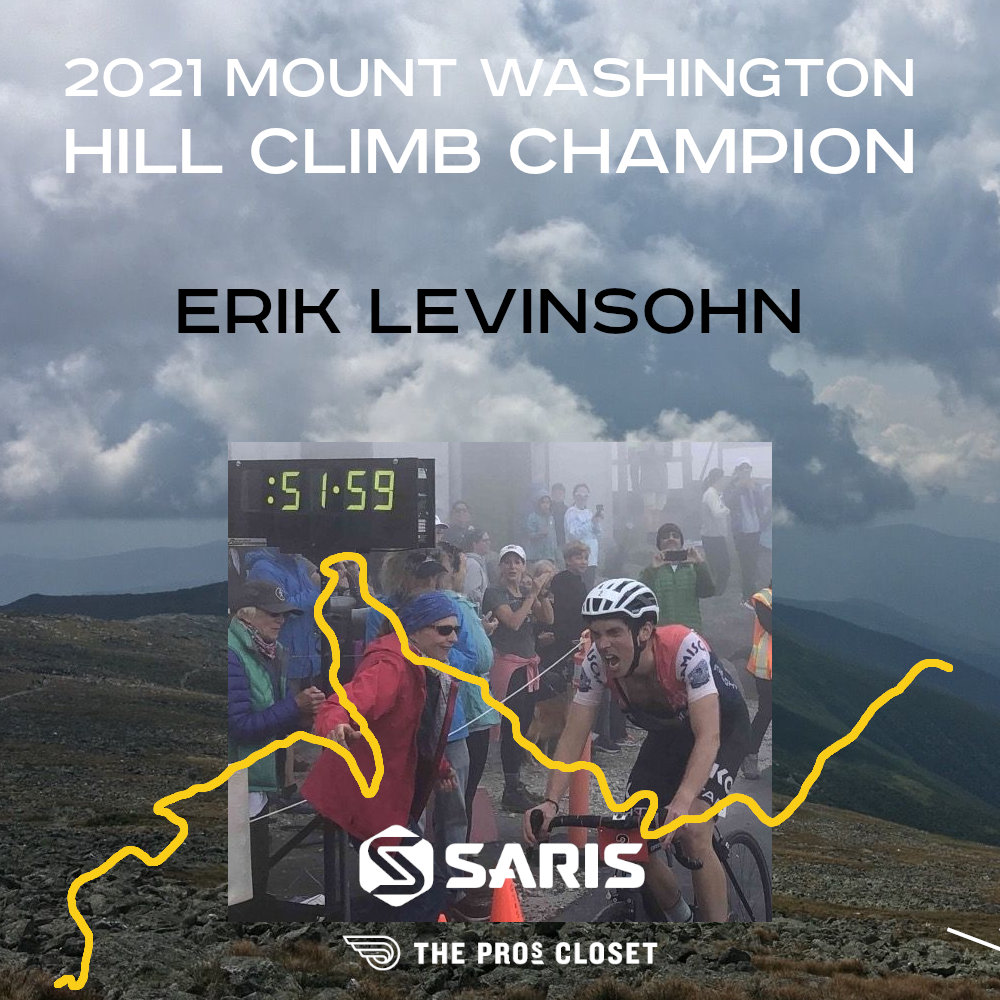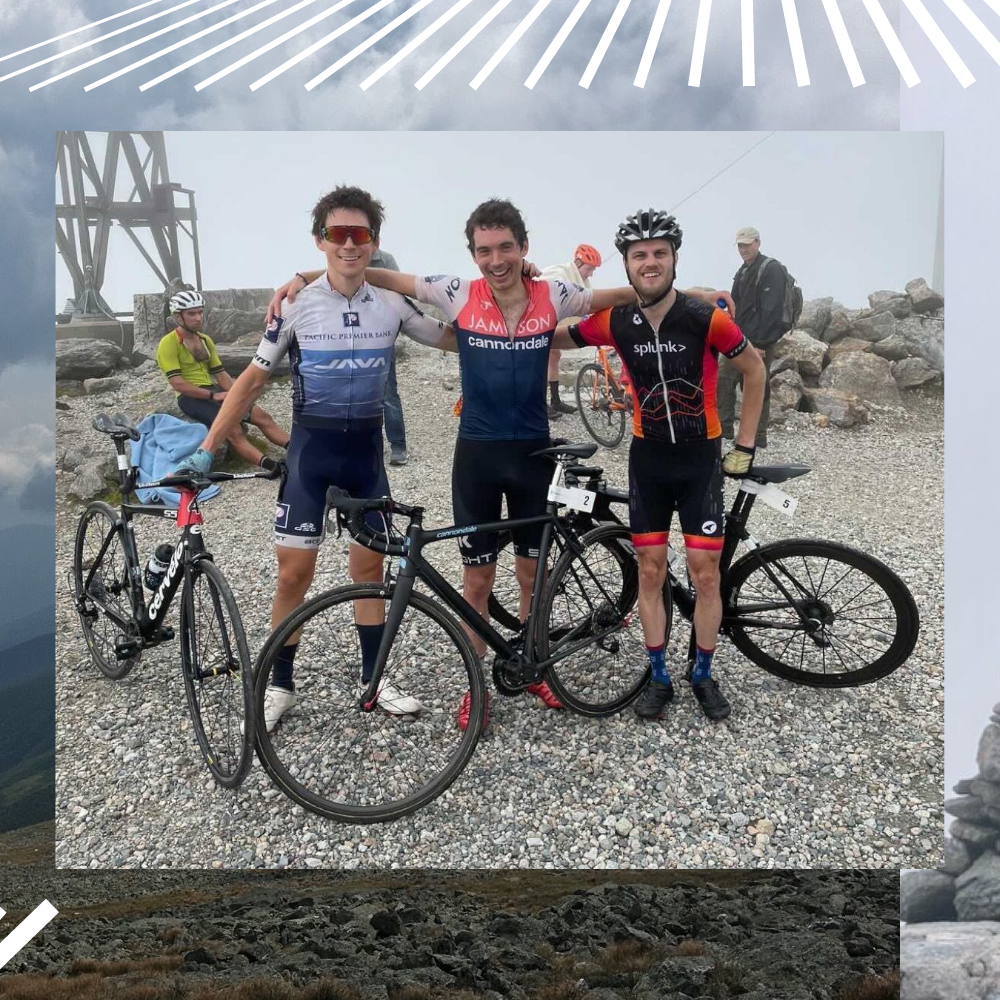Mt. Washington Hillclimb
Credit: Joe Viger Photography
On August 21, 2021, STPC’s Erik Levinsohn raced — and won — the 48th Mt. Washington Auto Road Bicycle Hillclimb. The race is nestled in the northern corner of the United States in New Hampshire and is one of the premier hillclimb races in the country.
With his win, he defended his victory from the last time the race was held in 2019 and took down the coveted Strava KOM! Keep reading below for Erik’s recap:
Why do people do this race? I think in large part because it ultimately feels like an adventure.
It’s hard to find a climb like this anywhere in the world. Mount Washington is just about seven and a half miles at an average gradient just above 12 percent. The road (mostly paved except for about one mile of dirt) is closed to cyclists year-round except for two races per year.
The Bike Build
From a mechanical standpoint, few races bring out the inner bike geek like Washington. You are likely to see everything at the race from tandems to unicycles to mountain bikes to state-of-the-art weight weenie hill climb builds. Many participants will build a bike with the specific intention of having something up to the task of riding up Washington. Personally, I took my rim-brake road bike and instead did some modifications with the goal of having the bike still feel like and ride like a traditional road bike.
Frame: 2013 Cannondale SuperSix Evo Black Inc. Nano w/ Enve 2.0 Road Fork
Wheels/Tires: Enve 2.2 tubular rims with Tune Hubs & Vittoria Corsa CX tires
Pedals: Favero Assioma Duo
Crank/chainrings: SRAM Red 11sp 50/34
Chain: Ceramic Speed 11sp
Cassette: OmniRacer 11-32 Titanium
Shifters/derailleurs: SRAM Red
Handlebars: Easton E100
Stem: OmniRacer Alloy Stem
Brakes: KCNC C7
Saddle: Specialized S-Works Toupe
Seatpost: Thompson Masterpiece
Weight: ~12lbs, fully loaded
The Preparation
The preparation for Washington is, I think, pretty straightforward. For those aiming for times around 1 hour (referred to as the “top-notch” category), Washington is essentially a pure threshold effort. My own preparation for the event is mostly endurance and long intervals at or just below threshold. Although classically many people like doing threshold efforts as 20 or 30 minute efforts, I think physiologically and psychologically there is a real benefit to hour-long efforts right below threshold.
The Race
The race itself is an interesting balance of racing by power and going by feel. Even if you know your FTP, it’s not always easy to apply that to race day. Mount Washington is (in)famous for bad weather, and 2021 was uncharacteristically hot and humid. After settling in to around 370-380w for the first half of the race (my goal pace for the race), I started to really suffer after the mile of dirt near the halfway point, and the power for the second half of the race was closer to 340-350w. It’s hard for me to say how much of that was humidity, altitude, or just not having the legs I was hoping for, but it worked out, because I came away with the win.
Washington feels like a puzzle that is equal parts mechanical, physiological, and psychological. I’ve made some progress in putting the pieces together, though still have a lot more to learn.




